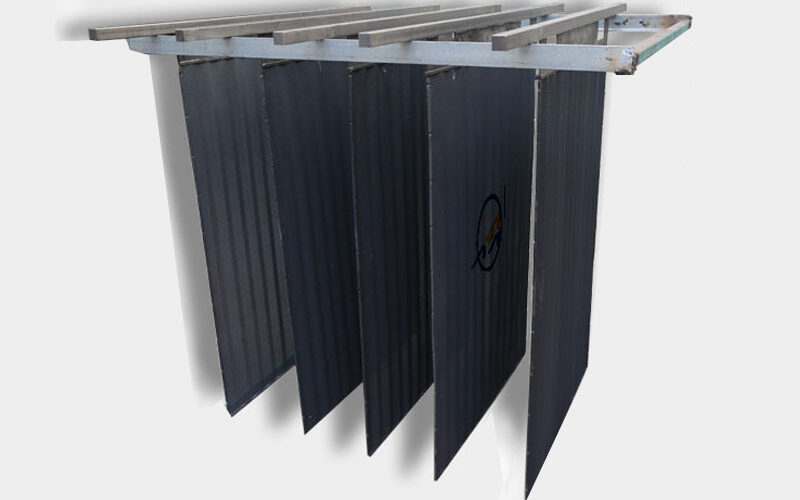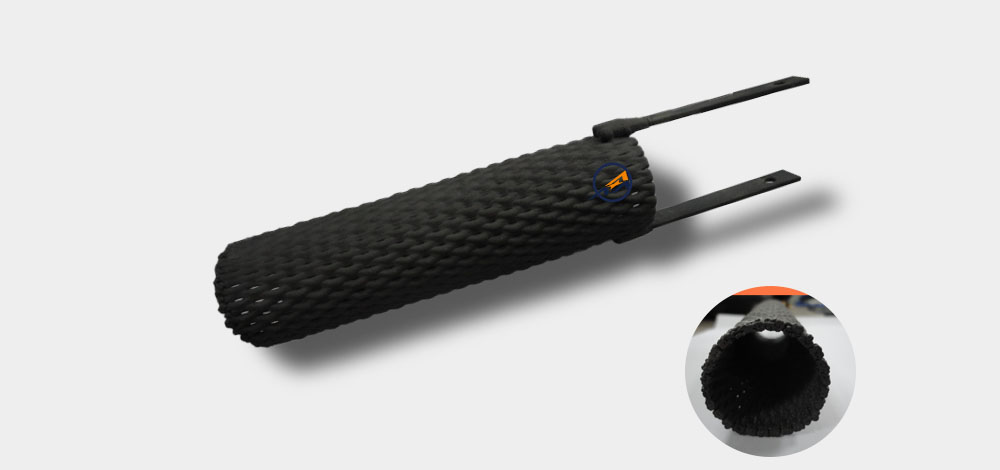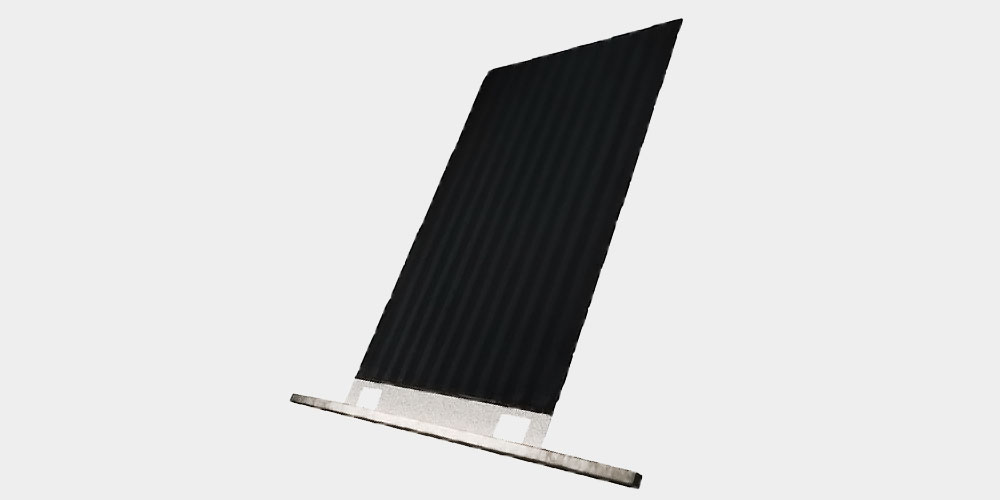
Lead dioxide titanium anode (Ti/PbO2 electrode), which is an electrode material extensively applied in electrochemical water treatment technology and hydrometallurgy.
Composed of a titanium substrate and a lead dioxide (PbO2) active layer, it possesses multiple advantages, such as low resistivity, stable chemical properties, excellent corrosion resistance, good electrical conductivity, and the capacity to conduct large currents.
With the continuous development of the electrochemical industry and anode technology, traditional anode materials in the electrochemical industry have shown their limitations in applications. Especially in the research of anode materials in the oxygen evolution environment, based on our many years of experience in titanium anode manufacturing, we have developed lead dioxide titanium anodes for hydrometallurgy and wastewater treatment.
The lead dioxide titanium anode is processed through the electrodeposition approach. Typically, a layer of α-PbO2 is initially plated on the titanium mesh as the intermediate layer to strengthen the binding force between the substrate and the active layer, minimize the electrode distortion, and subsequently, β-PbO2 is plated as the active surface layer.

The R&D and improvement of lead dioxide titanium anode
Although the lead dioxide titanium anode has the advantages of long service life, good corrosion resistance and large current, the early titanium mesh plated with lead dioxide anode has poor electrical conductivity due to the formation of the passivation layer of the titanium mesh itself, so its electrocatalytic activity is not high, and the mechanical strength of the PbO2 coating is unstable. Therefore, the titanium mesh substrate needs to be modified and processed, that is, by adding a well-conductive intermediate layer and active layer between the titanium mesh and PbO2 to modify the anode substrate to inhibit the formation of the passivation layer, improve the mechanical strength and flexibility of the coating, reduce the internal stress between the substrate and the coating, and improve the stability and electrocatalytic activity of the coating.

What are the advantages of lead dioxide titanium anodes over traditional lead anodes?
- Lead dioxide titanium anode has high strength and is lightweight. It is not prone to deformation during the electrolysis process, and can maintain a relatively stable electrode distance, effectively reducing cell voltage to save electrical energy. At the same time, the electrode works stably, avoiding frequent shutdowns for maintenance and reducing maintenance costs.
- It has strong corrosion resistance, a long service life. During the usage process, the dissolution rate of lead dioxide is low, and the pollution to the cathode products is small.
- The corrosion principles of the lead dioxide titanium anode and the lead anode are distinct. In the sulfuric acid system for the lead anode, a lead oxide film forms on the surface, which can effectively decelerate anode corrosion. Nevertheless, the compactness of this film layer is subpar. Particularly in the electrolyte containing a minute amount of chloride ions, the film layer is prone to being punctured, washed away, and the exposed lead surface keeps oxidizing to form an oxide film, which is punctured again. This cycle repeats, resulting in the continuous corrosion of the lead anode. In contrast, for the lead dioxide titanium anode during operation, it is always the electrochemical corrosion of the lead oxide coating that takes place. Hence, it can maintain a relatively low corrosion rate. The lifespan of the lead dioxide titanium anode can be prolonged by 1.5 to 2 times compared to that of the lead anode.





